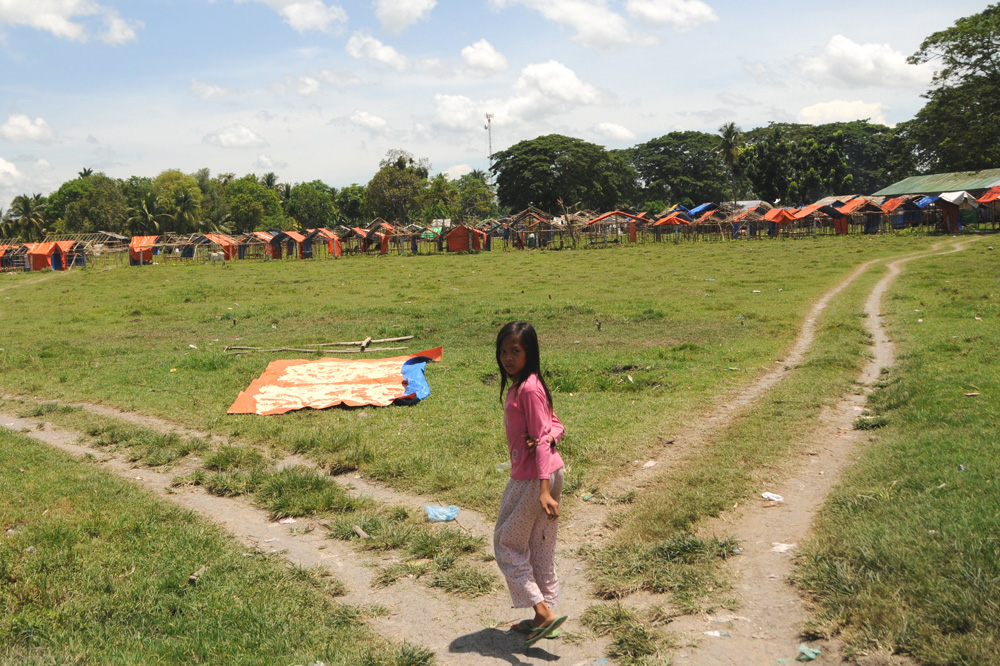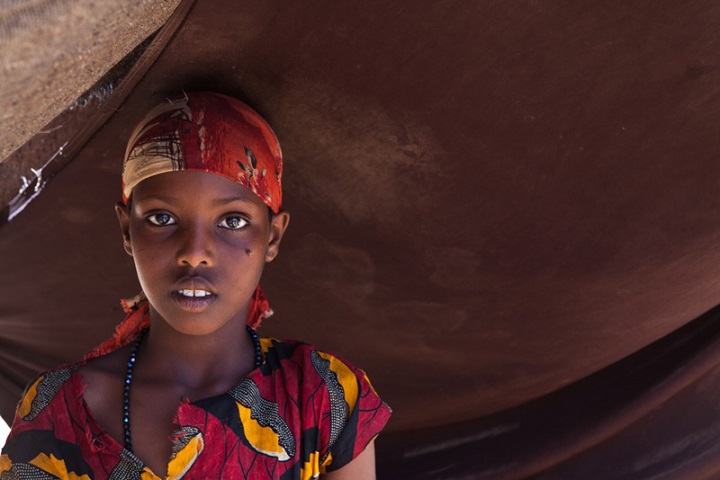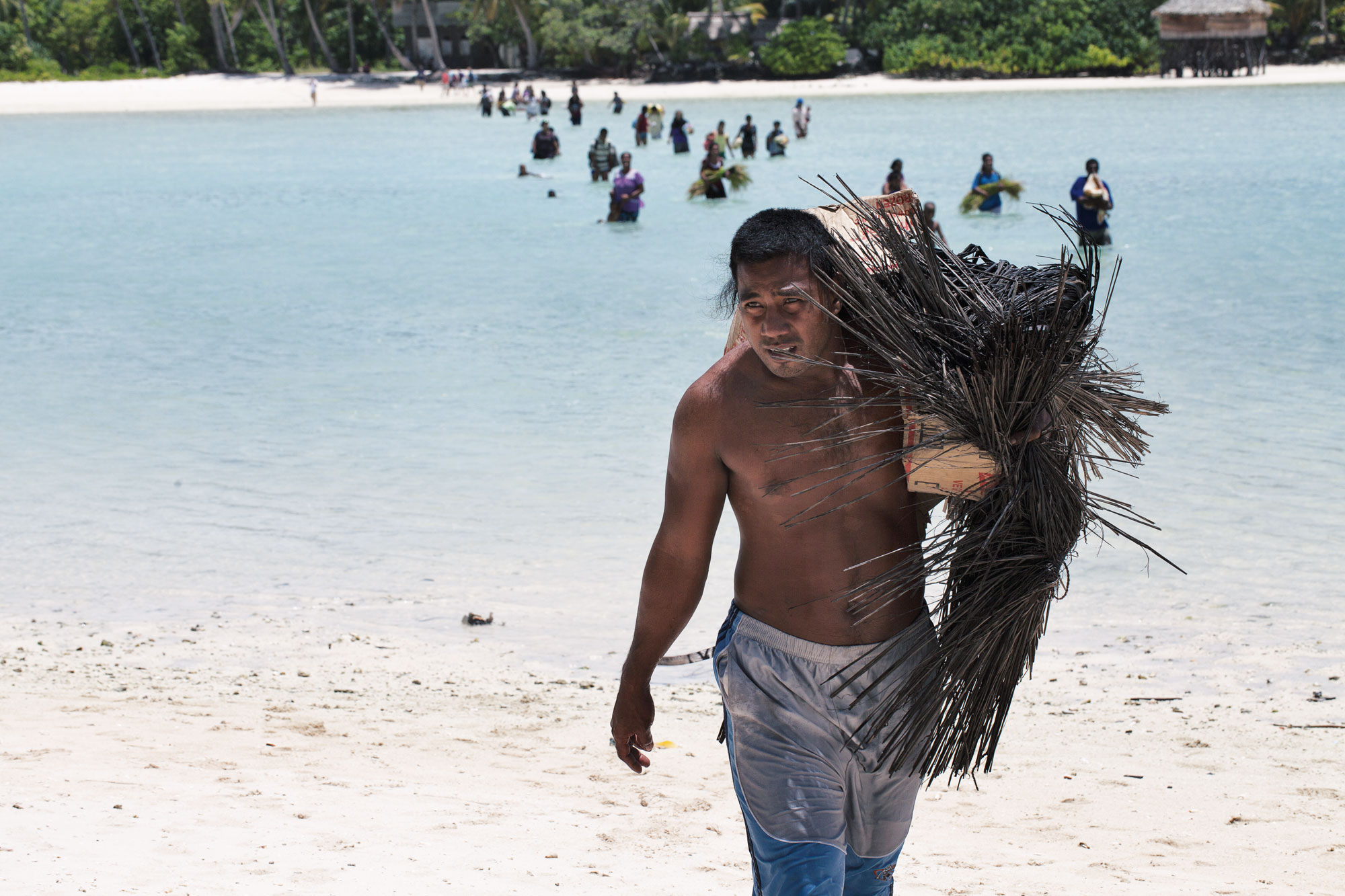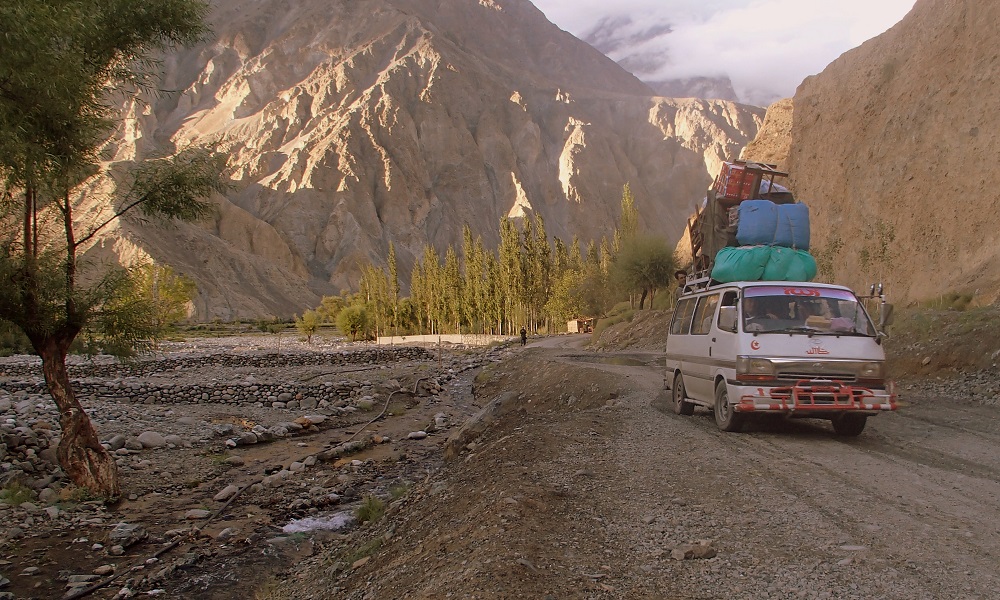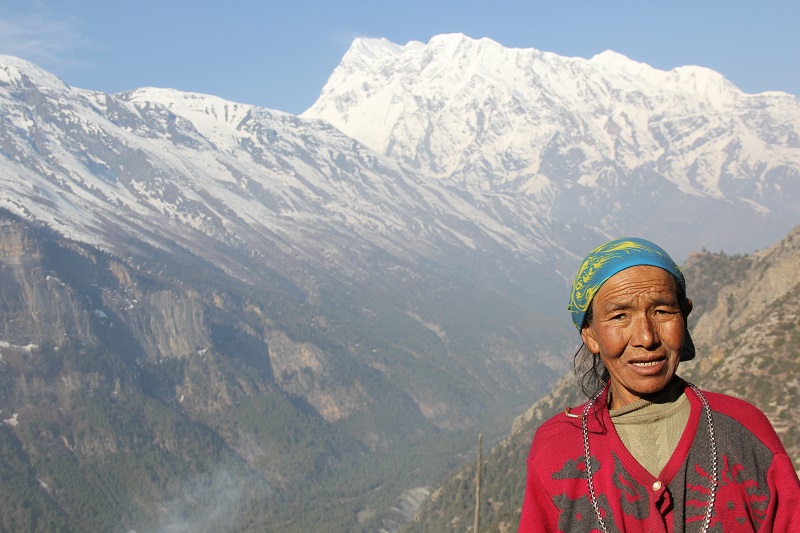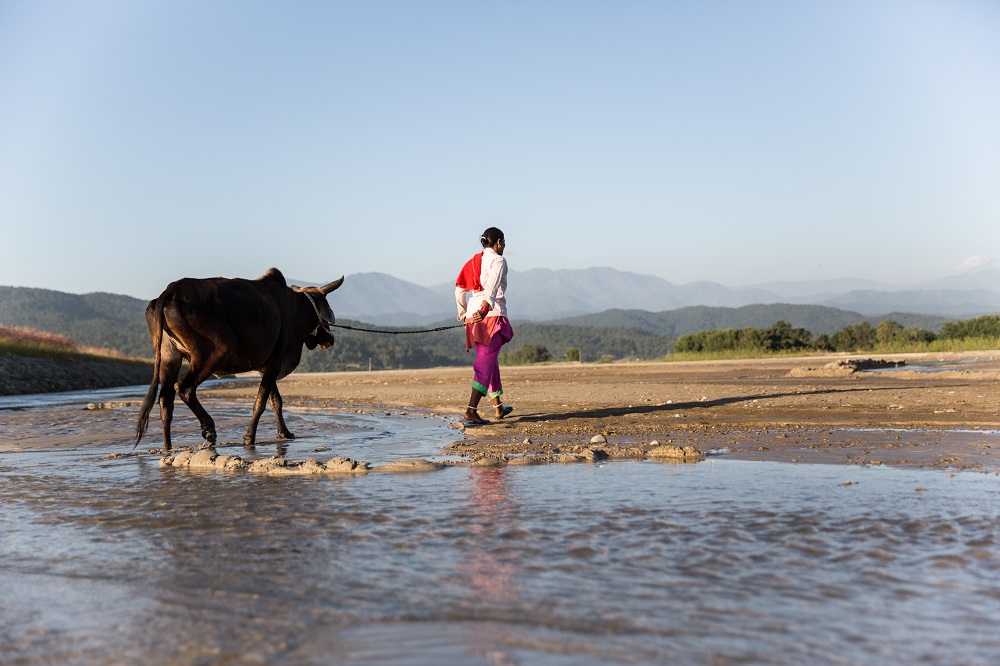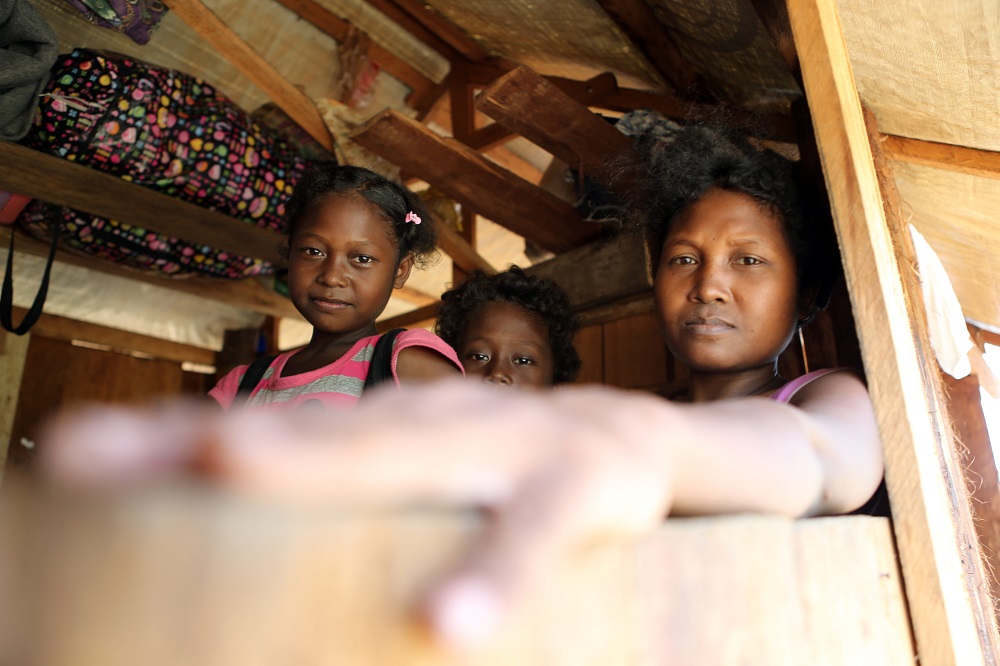
To help people at risk of displacement stay in their homes.
Infrastructure improvement, urban planning, land reform, disaster risk reduction and climate change adaptation help reduce vulnerability and build the resilience of people at risk of disaster displacement. Over recent decades, the international community has shifted its focus from responding to the impacts of natural hazards to proactively reducing disaster risks. Likewise, the Platform advocates for risk reduction, climate change adaptation and development measures to include the risk of displacement.
To help people affected by disasters move out of harm’s way.
People should have a choice whether to move or to stay but sometimes, displacement cannot be avoided, in order to save lives. Evacuations and planned relocation can ensure that human rights are protected, and that people are supported to return home or settle elsewhere. Efforts are more likely to be sustainable if undertaken in close consultation with affected people and host communities, taking into account cultural and psychological factors. Opening pathways for regular migration to other countries preventively can also help people move out of harm’s way before a disaster strikes.
To better protect people forced to leave their homes…
… in the context of disasters and climate change, especially when they need to cross international borders. While present international law recognizes the rights of internally displaced persons, those displaced across borders remain without specific international protection. In recent decades, at least 50 countries have received or refrained from returning persons from disaster-affected countries. The Nansen Initiative identified a multitude of effective practices used by several States to admit and protect these individuals, including granting a humanitarian visa or temporary protection status. Such practices should be harmonized at regional levels, and replicated where needed.


